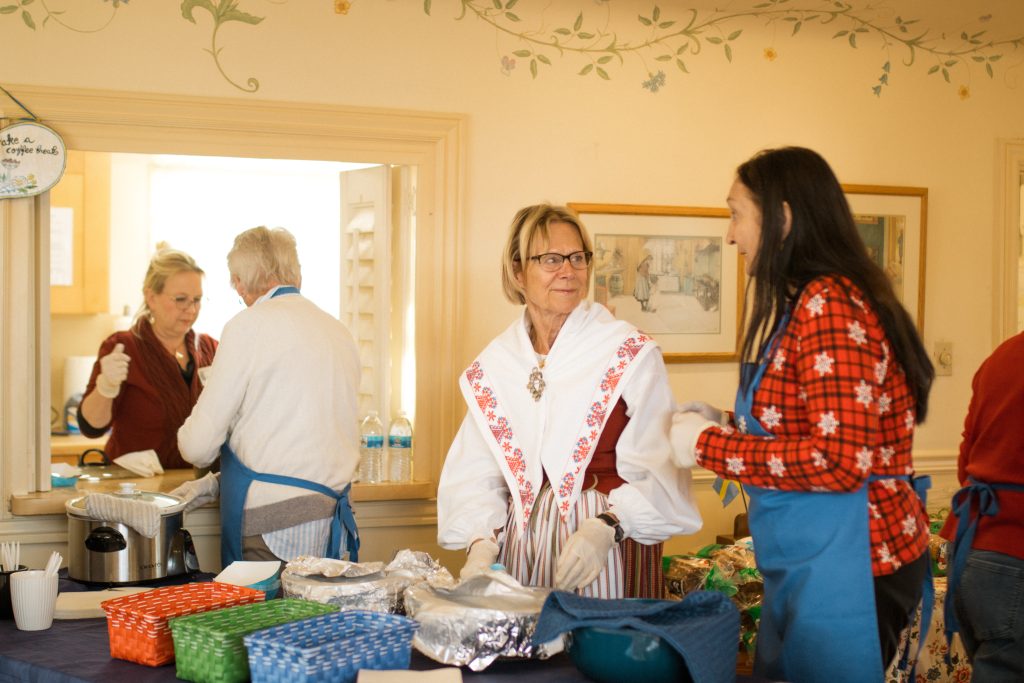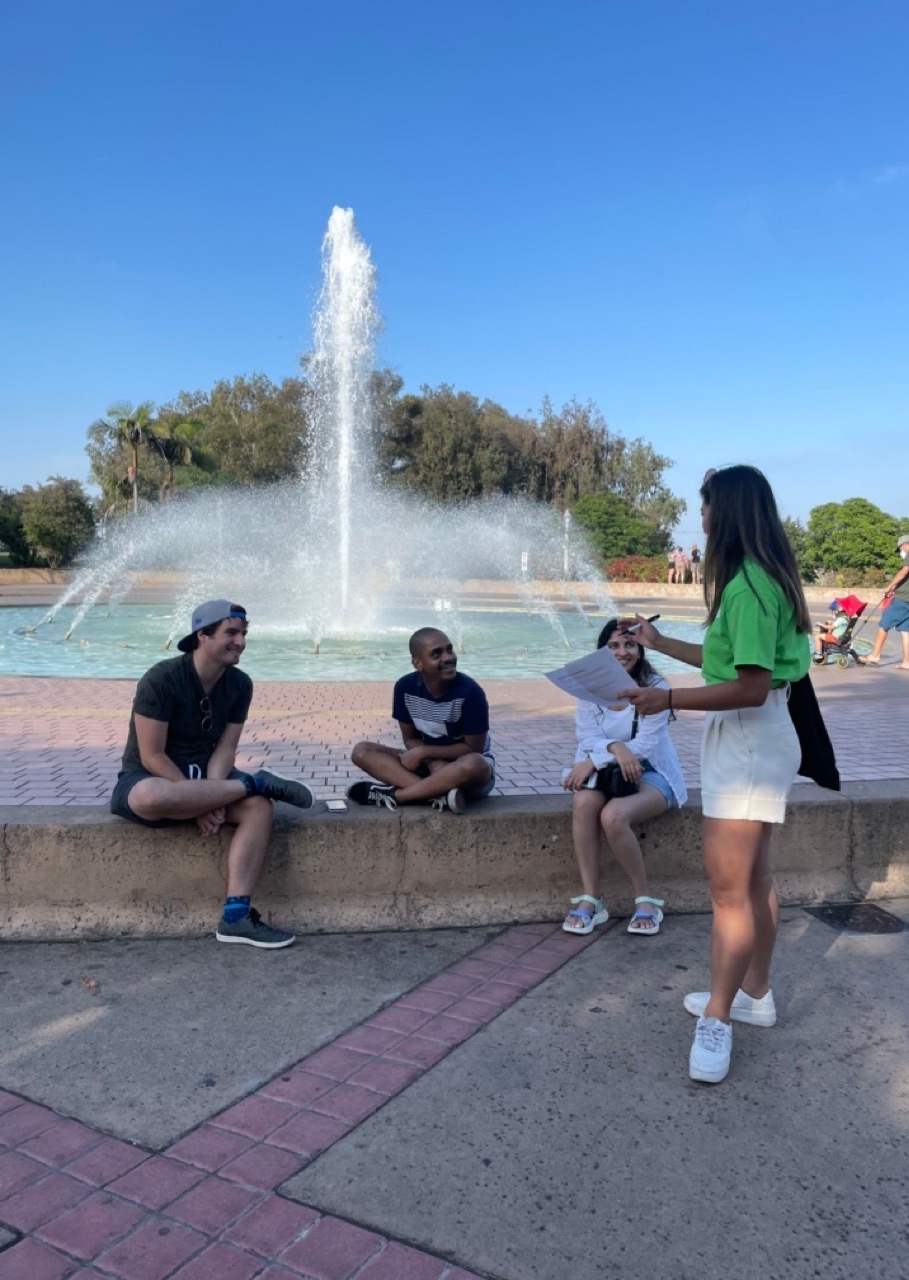
What We Learned
Informed by stakeholder, advisory board, and community inputs, we thoughtfully reviewed the current influences on the Cultural District, including its complex histories and legacies. Comprehensive qualitative research included diverse community conversations, intercept interviews with both local and non-local visitors, on-site analyses, and evaluations of visitation trends and parking facilities. From this work we have learned that:
- The Cultural District is its own destination in Balboa Park. The Cultural District and all of its components are seen as a distinct element within Balboa Park.
- People engage in cultural window-shopping. Visitors to the Cultural District often plan spontaneously, encountering challenges as they explore due to insufficient information, with building façades and gathering places lacking clear details, leading to missed opportunities and hidden experiences.
- The Cultural District delivers incomplete visits. Despite arriving with high expectations and excitement to explore the Cultural District, many visitors leave prematurely due to limitations in navigation, uneven terrain, and difficulties in finding essential amenities, resulting in a restricted exploration primarily in the already crowded areas like the Prado and the Plaza de Panama.
- People want a Cultural District that is relevant to the 21st century. Presently, the Cultural District is perceived as stagnant, with many visitors assuming little has changed inside the buildings, leading them to bypass entry and miss out on new experiences within.
- Inclusion is in the details. Black, Brown, Asian, Spanish-speaking, and Indigenous communities are all looking for more visible cues that they are welcome and belong in all parts of the Cultural District – because in the past, they were not.
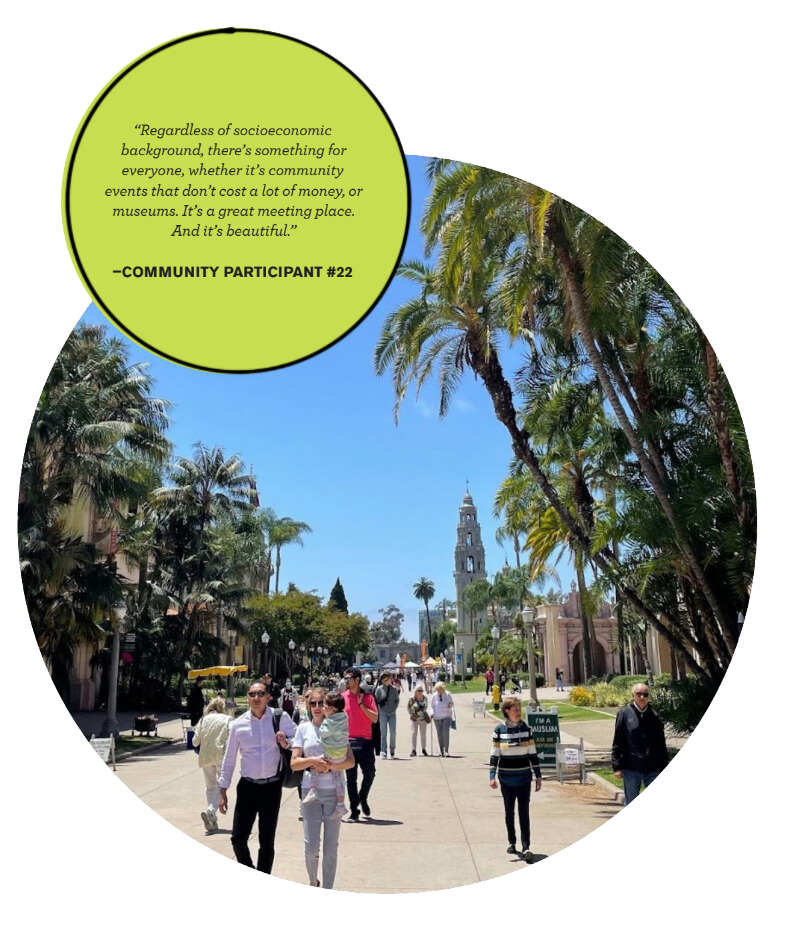
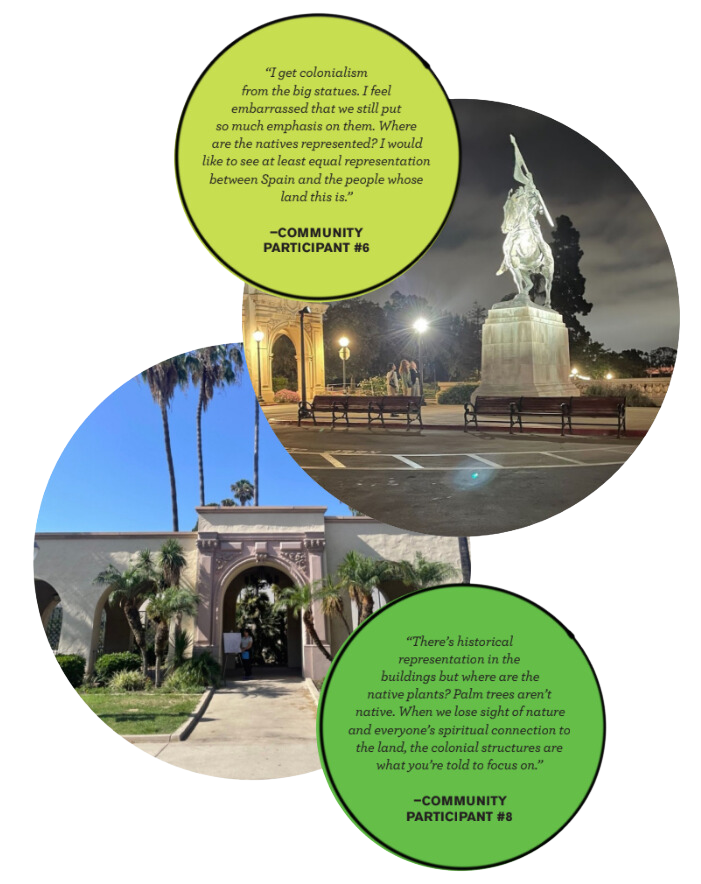
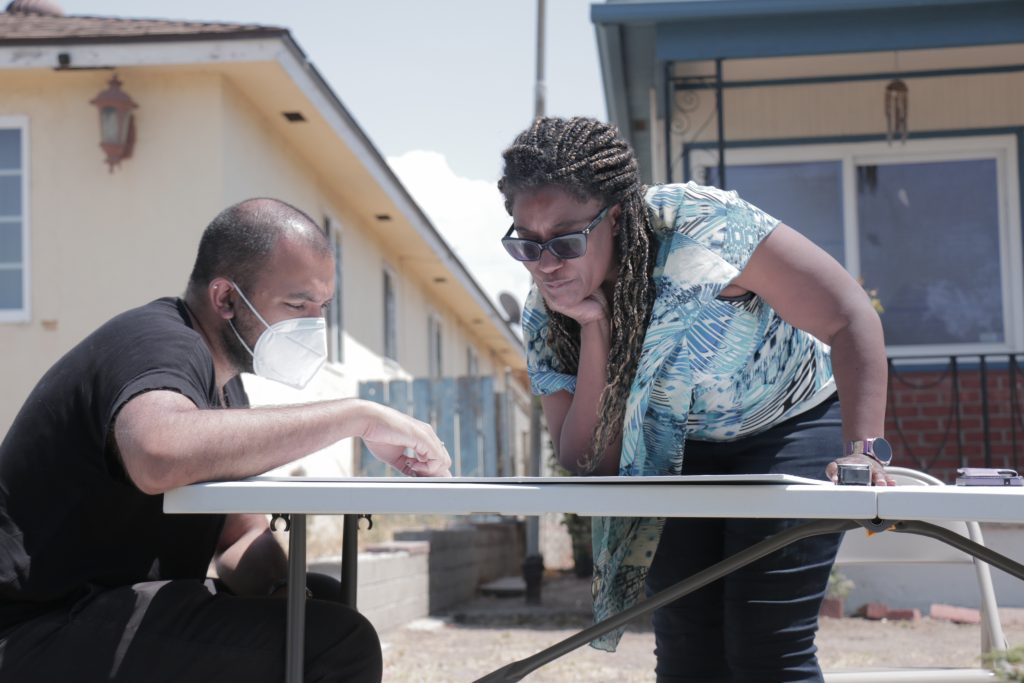
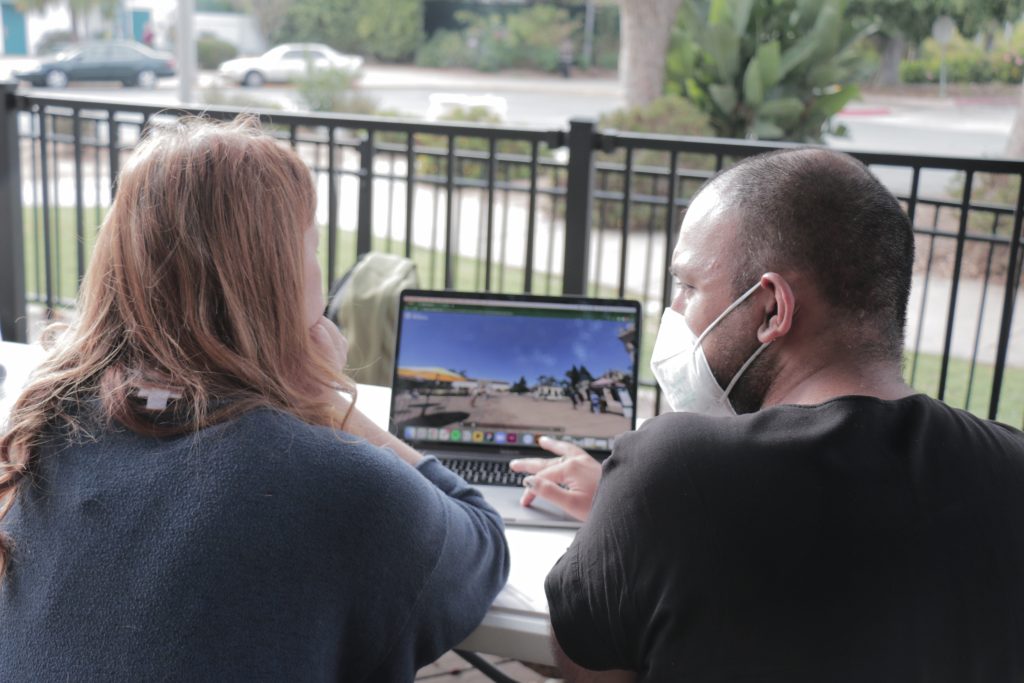
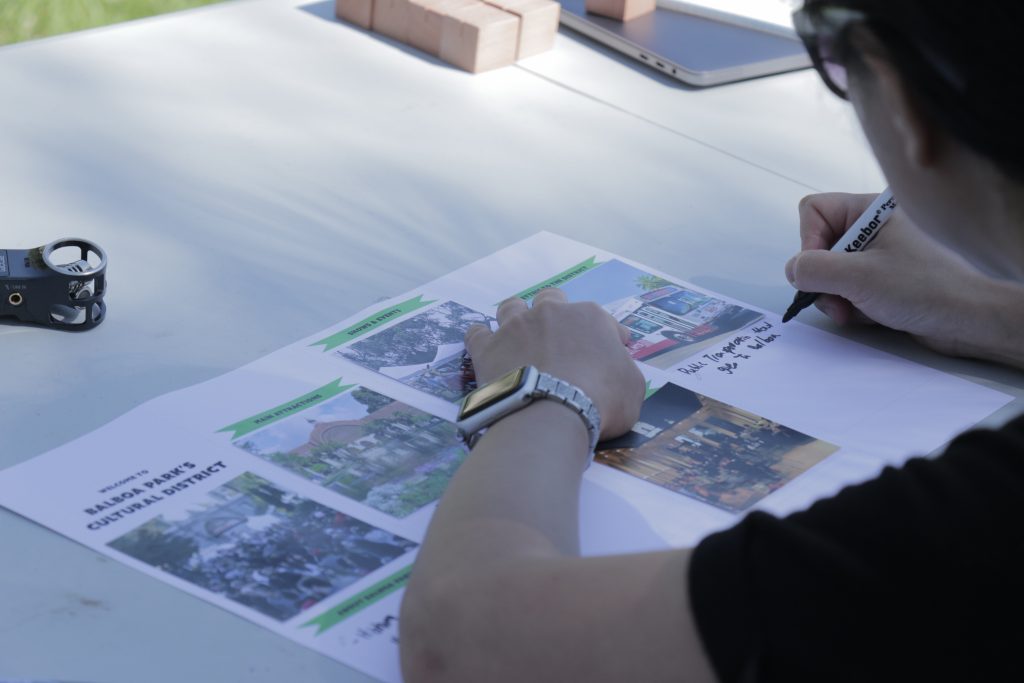
Connecting with Communities
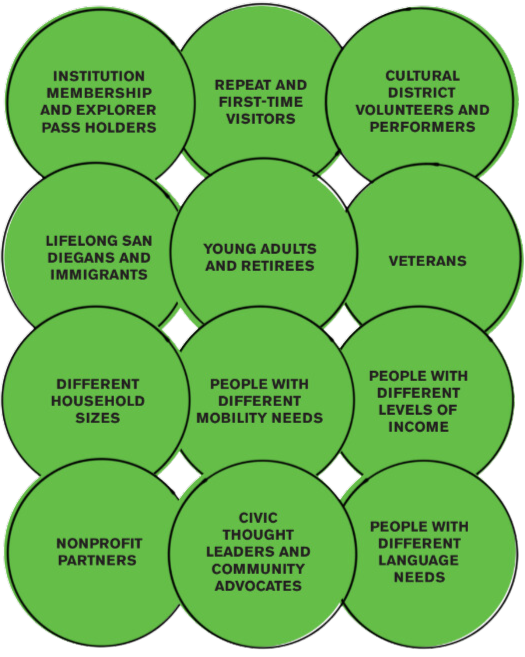
An inclusive visitor-first plan meant holding space for conversations with community members not previously included and listening to what makes the Cultural District special to them, their favorite places, what motivates them to come back, and the barriers in the way of experiencing the Cultural District fully.
In order to understand the current visitor experience from a regional perspective the experience plan team traveled across San Diego County and into Tijuana to host in-depth interviews and workshops with four key community audiences that represent perspectives that have historically been excluded in Cultural District planning processes and are challenged by a range of access issues: individuals of Kumeyaay decent, BIPOC families, Spanish-speaking households, and local youth.
Conversations with community members encompassed a variety of people who self-identify with multiple communities spanning different geographies and identities. As a result, their collective perspectives were thoughtful, diverse, and nuanced; deeply reflective of the diverse range of communities that the Cultural District aspires to serve.
A place where culture knows no bounds
Whoever you are, wherever you go, and wherever you are coming from, you are met with open doors into a rich collection of moments brimming with culture and community in all forms. It is a cohesive and multifaceted experience that connects you to different corners of the Cultural District at every visit, promising something new to discover, every time.
Unlock the full potential of the Cultural District. The Experience Plan brings forth a set of interconnected strategies to let the Balboa Park Cultural District live up to its full potential as a civic asset and true jewel that everyone holds. Every person can see and move across all Cultural District spaces. Around every corner there is cultural activity, both planned and spontaneous, for people to experience and explore in their own way, on their own terms.
